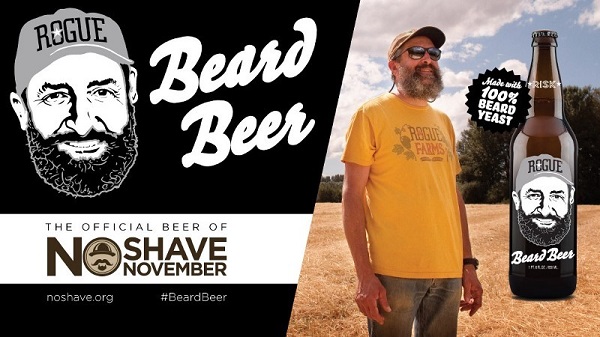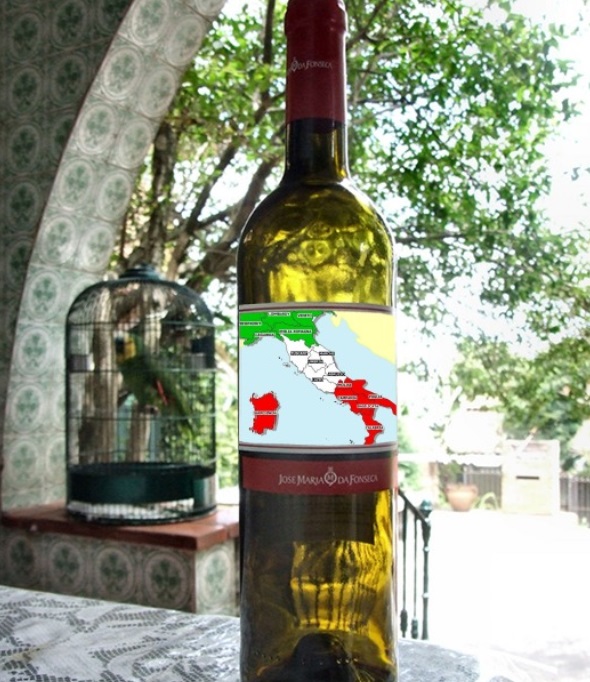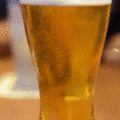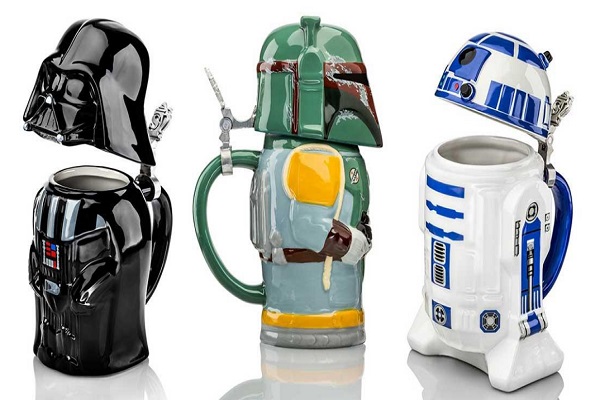Grapes, malted barley, yeast and of course water are the ingredients everyone thinks of when they see a bottle of wine or beer. However, beer and wine are deeper than just the alcoholic drinks industry. These drinks have a special place in different cultures around the world and sometimes, what other people consider the necessary flavour needed to make a beer or a wine glorious may not be so acceptable to other people. Some gross ingredients are included for marketing purposes and the breweries can provide an explanation while others are just outright yuck with no reasonable explanation at all, to the conventional consumer.
Elephant Dung Beer
This beer made the headlines in 2013 when it was first made by the Sankt Gallen brewery in Japan as the product sold out within minutes of being launched. The company called in the chocolate beer but it doesn’t contain any chocolate. Its revolutionary ingredient is coffee beans harvested from elephant poop.
Elephants are believed to reduce bitterness and acidity in coffee beans when they pass through their digestive system although you need to feed an elephant 33 kilos of beans to get a single kilo of usable beans from their dung, so the ingredient does fetch a price that is why this chocolate stout is also so expensive. Just don’t think about the elephants when drinking it and you will be alright.

Baby Mouse Wine
Unlike snake wine which is used as a regular recreational drink in parts of China, this stomach-churning wine is only used as a tonic in parts of Southern China and the Koreas. It is still one of the weirdest wines in the world made by putting baby mice into bottles or rice wine. The mice are usually young and hairless to prevent contaminating the wine. After ageing, the wine is drunk with the mice still in the bottle and some people even eat the little mice after drinking the wine.
Stag Semen
The beer was brewed by the Choice Bros brewery in Wellington New Zealand in 2015 and made headlines immediately. The semen was supplied by a local stag firm and the beer was consciously named Stag Semen beer. They created it for the famous Green Man bar which had sold a stout laced with horse semen just a few years earlier. Despite its stomach-churning creamy ingredient, the beer went on to win a silver medal at a local beer award that year. It made headlines but it didn’t exactly get a global market so consumption is largely restricted to Wellington.
Civet Poop Beer
Civet poop coffee beans just like elephant dung coffee beans are highly valued as they have low acidity and bitterness which many consumers find more soothing than regular coffee beans. The practice of caging Civets in Indonesia and Ethiopia have been heavily criticized though since most of these animals are kept in inhumane conditions.
Coffee beer breweries just like coffee makers didn’t hesitate to pounce at the chance of using the beans harvested from the poop of these poor animals to make their own beer though. Like elephant-dung beer, this one also sold at a premium although most brands don’t advertise this ingredient as part of their drink anymore because of the negative publicity associated with it.

The Beard Yeast Beer
There is hardly anything complicated about the process of brewing beer. It all comes down to the barley, hops, water and of course the yeast and probably a few other flavours and colours that the manufacturer may choose to add. However, the choice of yeast strain is very important since the quality of yeast affects the quality of the wine. Most yeast cultures are extracted from bugs, fruits or animals but others come from the strangest of places and man’s beard was the most recent addition to that list.
It all happened in 2015 when Rogue Breweries in Oregon tried to find a locally grown yeast culture to ferment local hops and barley. After three failed attempts, someone jokingly suggested that they try brewmaster John Maier’s beard and there they found the yeast that did the job. They, therefore, named the beer the Rod Beard Beer and many people value it as the No-Shave November beer since John Maier hadn’t shaved his beard for 34 years by the time his beard was used to grow the culture.
The Thee Penis Wine
Tezhi Sanbian Jiu is the name for this strange Chinese rice wine that hit the stores in Shanghai a few years back. The name literally translates to the Three Penis Wine. As you probably know by now, the Chinese have some strange methods of flavouring their rice wines. This one is allegedly infused with penises from dogs, seals and deer. Consumers claim that it tastes more like a pungent fermented prune juice with a strange protein taste in the background. The brewers claim that it improves vitality since consuming a penis was belied to do so by ancient Chinese medicine.
The Bull Testicle Beer
You would expect a beer with testicles and penises to be made in China or some other place like that but in this case, the brewer is Wynkoop Brewery based in Denver, Colorado. The idea started as an April fools day joke when people asked if the brewery could make a beer that could best match the local dish of fried bull testicles which the locals call Rocky Mountain Oyster, and Wynkoop took up the challenge and created the beer that had the testicles as an ingredient. Wynkoop decided to call their beer the Rocky Mountain Oyster stout and it killed it among the locals. The simple joke quickly turned into a marketing strategy as the beer gained national interest and it is now one of the brewery’s top products.
The Whale Testicle Beer
Stedji Brewery in Reykjavik is famous for its many brushes with conservationists as it uses Fin Whale products to brew its beer. In 2014, they started brewing beer using Fin Whale intestines and other body parts raising public health concerns but they were later permitted to continue with their conventional flavouring system. In 2015, they introduced Hvalur 2, their beer which is flavoured using smoked Fin Whale testicles. It all started after Iceland restarted commercial Whaling in 2013 making the scary ingredients available for the brewery.

Snake Wine
Snake wine is one of those culinary indulgences only a few people dare to try. However, in China and other Asian countries, snake wine has been consumed for years and many people still prepare it although consumption is now limited to just a few daredevils. Chinese medicine men believed that snakes had medicinal properties such as improving virility, curing heart disease and treating hair loss. So, when alcoholic rice water wine is brewed, a whole snake or its internal organs such as the bile duct are inserted and aged inside the wine. Those who have tried it say it tastes like rice wine with a strong protein flavour like chicken or fish. Other ingredients such as leaves and roots are also added so the snake may not be the only taste you detect in the end.
Seagull Wine
Seagull Wine is no different from Snake Wine and like the former, you won’t find it being sold in the open in Alaska or the arctic. It was invented by Eskimos and Inuits as the strongest wine for their cold climates and according to those who have tried it, it does throw a strong punch. It is created by putting a whole or parts of a dead seagull into a bottle of water alongside other ingredients if necessary, then fermenting it under the sun. The resulting drink, although disgusting, is highly revered by the locals.








